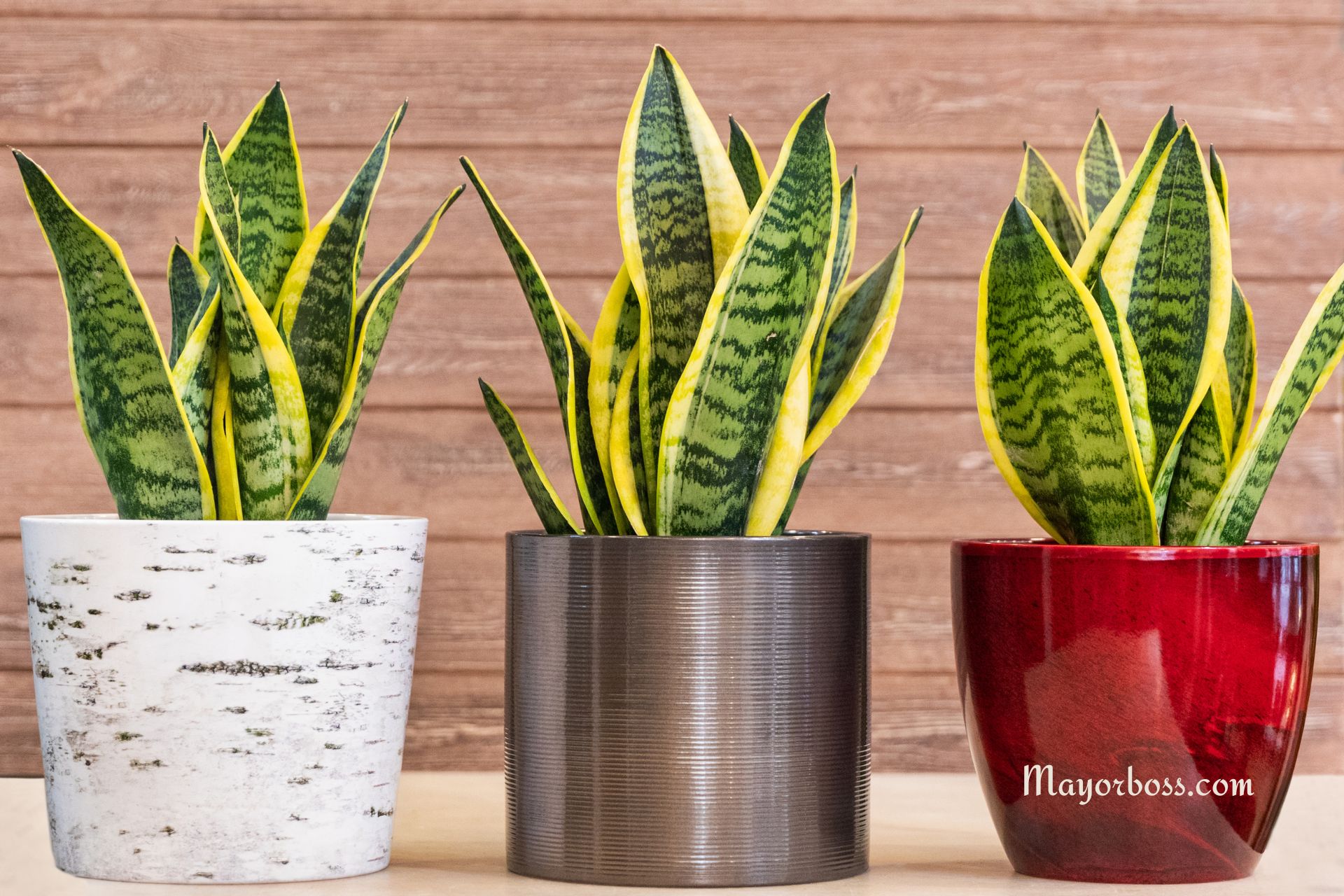Plants that Fight Indoor Air Pollution and Improve Lung Health
In our modern lives, we often spend the majority of our time indoors. But did you know that the air inside your home, office, or school can be even more polluted than the air outside? Common household products, building materials, and even furniture can release harmful chemicals into the air, affecting our health in subtle and not-so-subtle ways. Thankfully, nature has a solution: plants!

How Plants Purify the Air
Plants are masters of air purification. Here’s how they work their magic:
- Phytoremediation: This fancy word describes the process where plants absorb pollutants through their leaves and roots. They then break down these harmful substances into less toxic compounds.
- Air Filtration: Many plants have textured or hairy leaves that can trap airborne particles like dust, pollen, and other allergens.
- Increased Humidity: Plants release moisture into the air through transpiration. This can combat dry air, making it easier to breathe and reducing the survival of airborne viruses.
- Oxygen Production: During photosynthesis, plants convert carbon dioxide into the oxygen we need to survive.
Best Plants for Cleaner Air and Healthier Lungs
Here are some of the best plants for cleaner indoor air:
- Snake Plant (Sansevieria trifasciata): This low-maintenance succulent is a powerhouse air purifier. It absorbs toxins like benzene, formaldehyde, and xylene, plus it releases oxygen at night, improving your sleep quality.
- Spider Plant (Chlorophytum comosum): A resilient champion for removing formaldehyde and xylene. Spider plants thrive even with some neglect, and their dangling spiderettes add a touch of whimsy!
- Peace Lily (Spathiphyllum): This elegant beauty filters out ammonia, benzene, formaldehyde, and more. It also adds a touch of sophistication to your space.
- Aloe Vera (Aloe barbadensis miller): Best known for its soothing gel, aloe vera also tackles formaldehyde and benzene. A resilient and versatile addition to your home.
- Boston Fern (Nephrolepis exaltata): This lush fern filters pollutants like formaldehyde and xylene, plus it acts as a natural humidifier – great for combating dry indoor air.
Where to Place Air-Purifying Plants
For maximum impact, consider these placement tips:
- High-Traffic Areas: Place your plants in living rooms, bedrooms, and other frequently used spaces.
- Near Pollution Sources: Position plants near furniture, carpets, or areas where cleaning products are stored to counteract off-gassing (the release of chemicals into the air).
- Group Them Together: Creating a green corner with multiple air-purifying plants amplifies their effect.
FAQs about Air-Purifying Plants
1. How many plants do I need to make a difference?
The more, the merrier! However, even a few strategically placed plants can improve your air quality. Start with a couple and gradually add more as you find your green thumb.
2. Are air-purifying plants safe for pets?
Always research before adding plants to a home with pets. Some common air-purifying plants like Peace Lilies can be toxic to cats and dogs. Choose pet-friendly options like Spider Plants, Snake Plants, or Boston Ferns.
3. Do air-purifying plants require special care?
Most air-purifying plants are relatively low-maintenance. Refer to specific care instructions for each type, but generally, they thrive with bright indirect light and regular watering.






